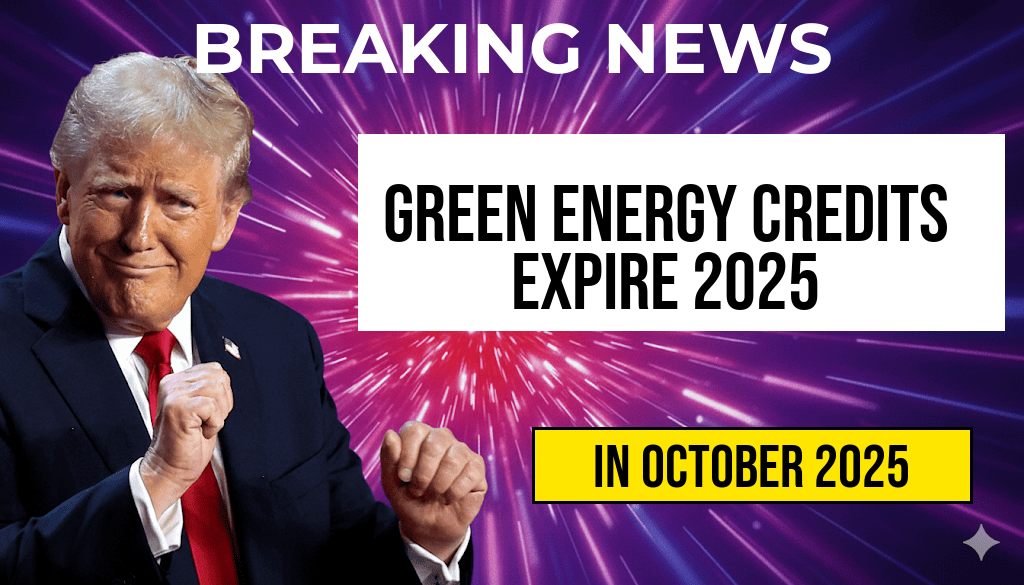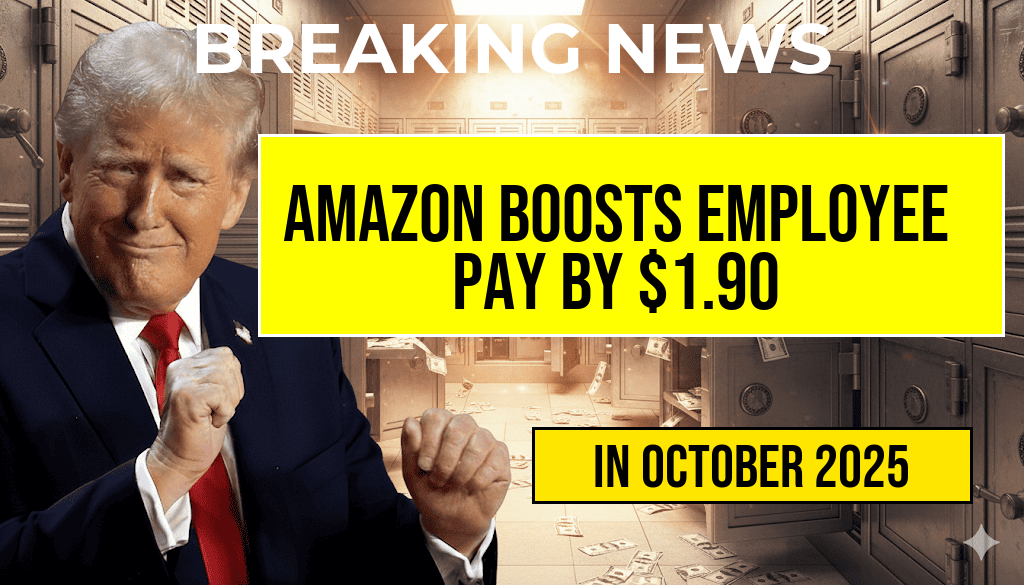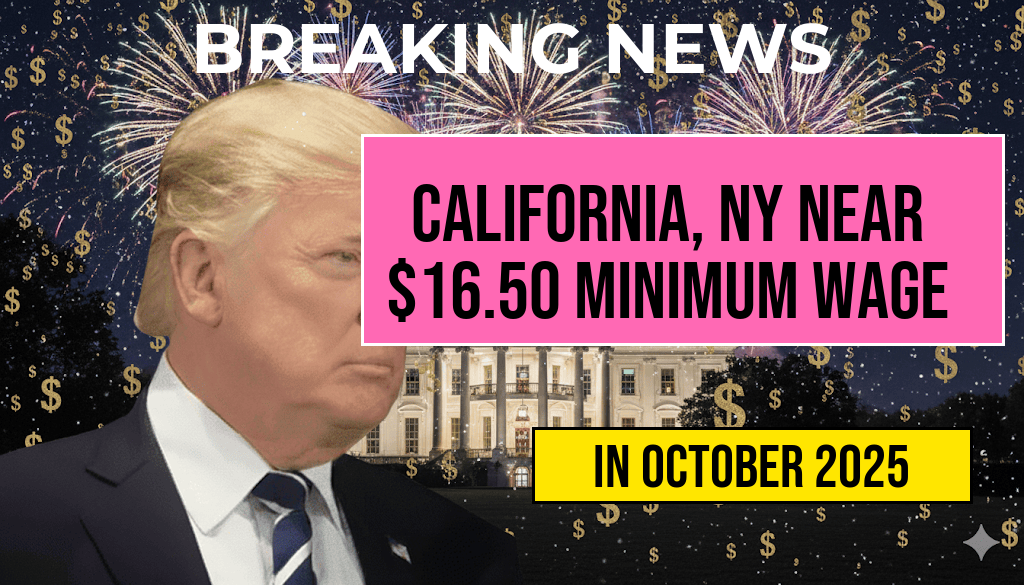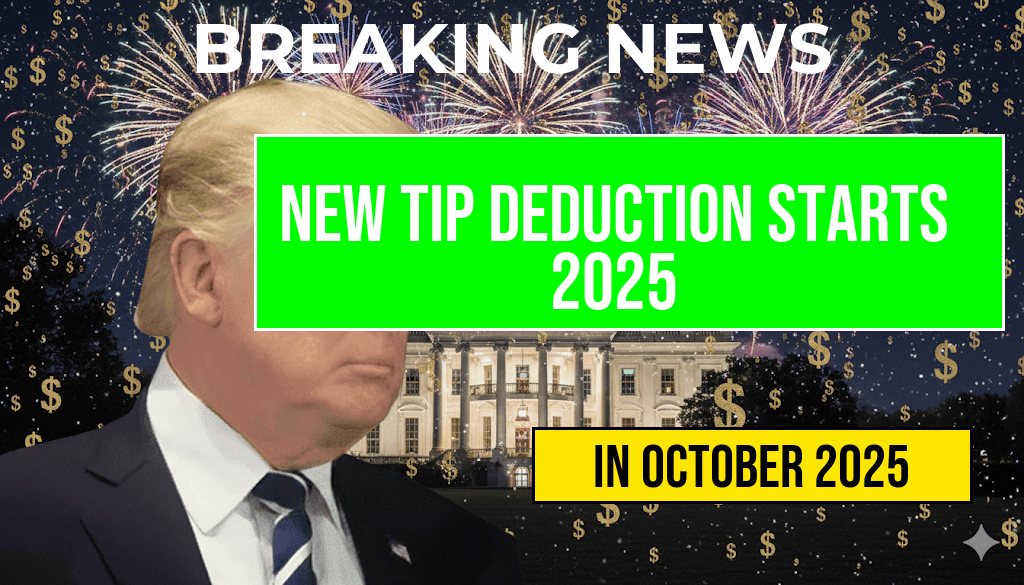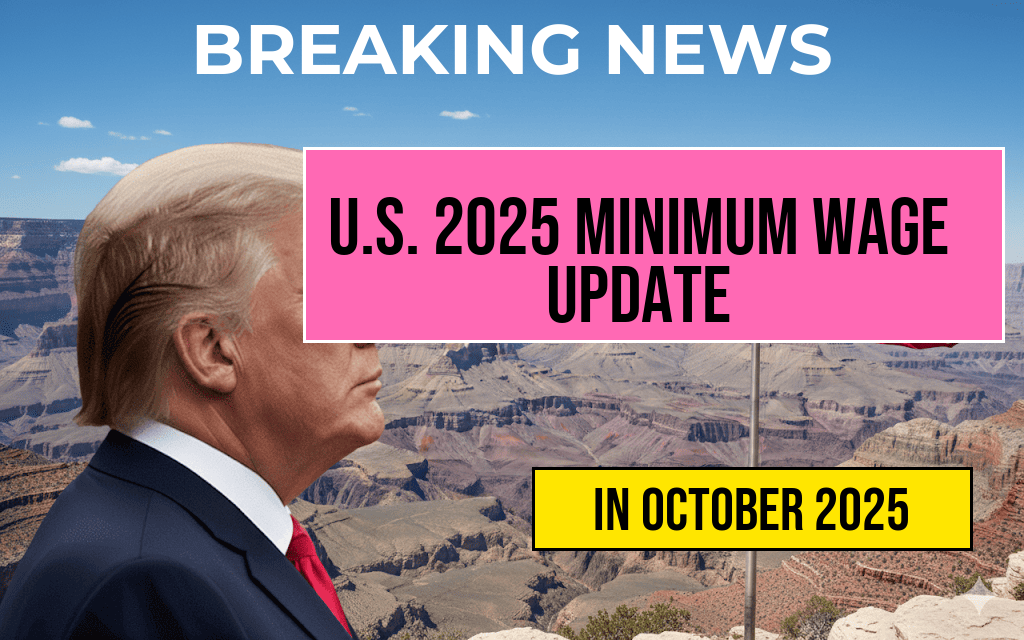As the federal government prepares to sunset key green energy credits at the end of 2024, homeowners considering renewable energy upgrades face pressing questions about how these incentives will impact their future investments. The expiration of these residential tax incentives could significantly influence the cost-effectiveness of solar panel installations, battery storage, and other clean energy projects. While some programs are set to expire, others are being extended or replaced with new policies aimed at maintaining momentum toward national sustainability goals. For homeowners, understanding the timeline, eligibility, and potential alternatives is crucial to making informed decisions amid evolving federal policies.
Background on Residential Green Energy Credits
The federal government has long supported residential renewable energy projects through tax credits designed to reduce the upfront costs for homeowners. The most prominent of these, the Investment Tax Credit (ITC), has played a central role in driving solar adoption across the U.S. since its inception. Established under the Energy Policy Act of 2005 and later expanded, the ITC offers a percentage deduction—currently 30%—of the total installation costs for solar energy systems. Similar incentives have supported other technologies like wind turbines, geothermal heat pumps, and energy storage systems.
These incentives have historically been critical in making renewable energy financially accessible for the average homeowner, resulting in a surge of installations nationwide. According to the Solar Energy Industries Association, the residential solar market grew exponentially during the years when tax credits were most generous and accessible.
However, these incentives are often structured with expiration dates or phased reductions. The current ITC for residential solar systems, for example, is scheduled to step down after 2024, potentially dropping from 30% to 26% in 2025, before further reductions or expiration in subsequent years. This scheduled decrease has prompted many homeowners and industry stakeholders to evaluate the timing of their projects carefully.
What’s Changing in 2025?
Expiration of Key Incentives
- Investment Tax Credit (ITC): slated to decrease from 30% to 26% for systems installed in 2025. After 2026, the residential credit is expected to drop to 22%, with subsequent reductions planned.
- Extended Credits: Some states offer additional incentives, such as rebates and property tax exemptions, which may continue beyond federal expiration dates. Homeowners should verify local programs for current offerings.
Impacts on Homeowner Decisions
- Potentially higher net costs for new installations if incentives decrease or expire.
- Increased urgency to complete projects before incentives diminish.
- Consideration of alternative financing options, such as loans or power purchase agreements, to offset costs.
Policy Developments and Future Opportunities
While the current incentives are set to reduce, policymakers are discussing new legislation aimed at maintaining or expanding support for renewable energy. The Inflation Reduction Act of 2022, for instance, significantly increased clean energy funding and extended some credits through 2032. However, the specifics of future residential incentives remain uncertain until new legislation is finalized and enacted.
How Homeowners Can Maximize Benefits Before Expiration
| Year | Action/Tip |
|---|---|
| 2024 | Plan and execute solar installations to qualify for the full 30% ITC. |
| Early 2025 | Finalize projects before the ITC drops to 26% to maximize savings. |
| Post-2025 | Explore state and local incentives, and consider alternative financing options. |
Consulting with licensed solar providers and tax professionals can help homeowners navigate eligibility and maximize benefits. Many providers offer pre-assessment tools to estimate potential savings and assist in project planning.
Are There Risks or Downsides?
The primary risk for homeowners is missing out on significant financial incentives if projects are delayed. Additionally, supply chain disruptions and rising material costs may increase project expenses, potentially offsetting some of the benefits of the tax credits. It’s also essential to be aware of changes in federal and state policies, which could influence the availability or structure of future incentives.
Despite these concerns, the overall trend indicates continued government support for renewable energy, albeit with adjustments. Homeowners should evaluate their options promptly and stay informed about policy developments through resources like the Department of Energy’s solar guide and industry associations.
Looking Ahead
As the 2025 expiration approaches, the landscape of residential renewable incentives presents both challenges and opportunities. Homeowners who act swiftly to complete qualifying projects can maximize federal support and realize long-term energy savings. Meanwhile, ongoing policy debates and legislative proposals suggest that support for clean energy will continue in some form, reinforcing the importance of staying engaged and informed.
For more information about current incentives, eligibility criteria, and planning resources, visit reputable sources such as the Wikipedia entry on U.S. solar energy and industry updates from Forbes Energy Section.
Frequently Asked Questions
What are Green Energy Credits and how do they benefit residential homeowners?
Green Energy Credits are incentives provided by the government to encourage the adoption of renewable energy sources. For residential homeowners, these credits can reduce the overall cost of installing solar panels and other renewable energy systems, making it more affordable to transition to sustainable energy solutions.
Why are Green Energy Credits expiring in 2025?
The Green Energy Credits are set to expire in 2025 due to policy changes and the sunset provisions established by legislation. This means homeowners planning to take advantage of these incentives should act before the deadline to maximize their benefits.
How can I ensure I qualify for residential tax incentives before they expire?
To qualify for residential tax incentives, homeowners should complete their renewable energy installations and file the necessary tax documentation before the 2025 deadline. Consulting with a certified installer and a tax professional can help ensure all requirements are met.
What types of renewable energy systems are eligible for these credits?
Eligible renewable energy systems typically include solar panels, solar water heaters, small wind turbines, and geothermal heat pumps. Check with local authorities or tax agencies to confirm specific systems qualifying for the Green Energy Credits.
Are there any other financial incentives available after the 2025 expiration?
While the current Green Energy Credits may expire in 2025, there may be other federal, state, or local incentives available for renewable energy projects. It’s advisable to stay informed about new policies or programs introduced after 2025.

